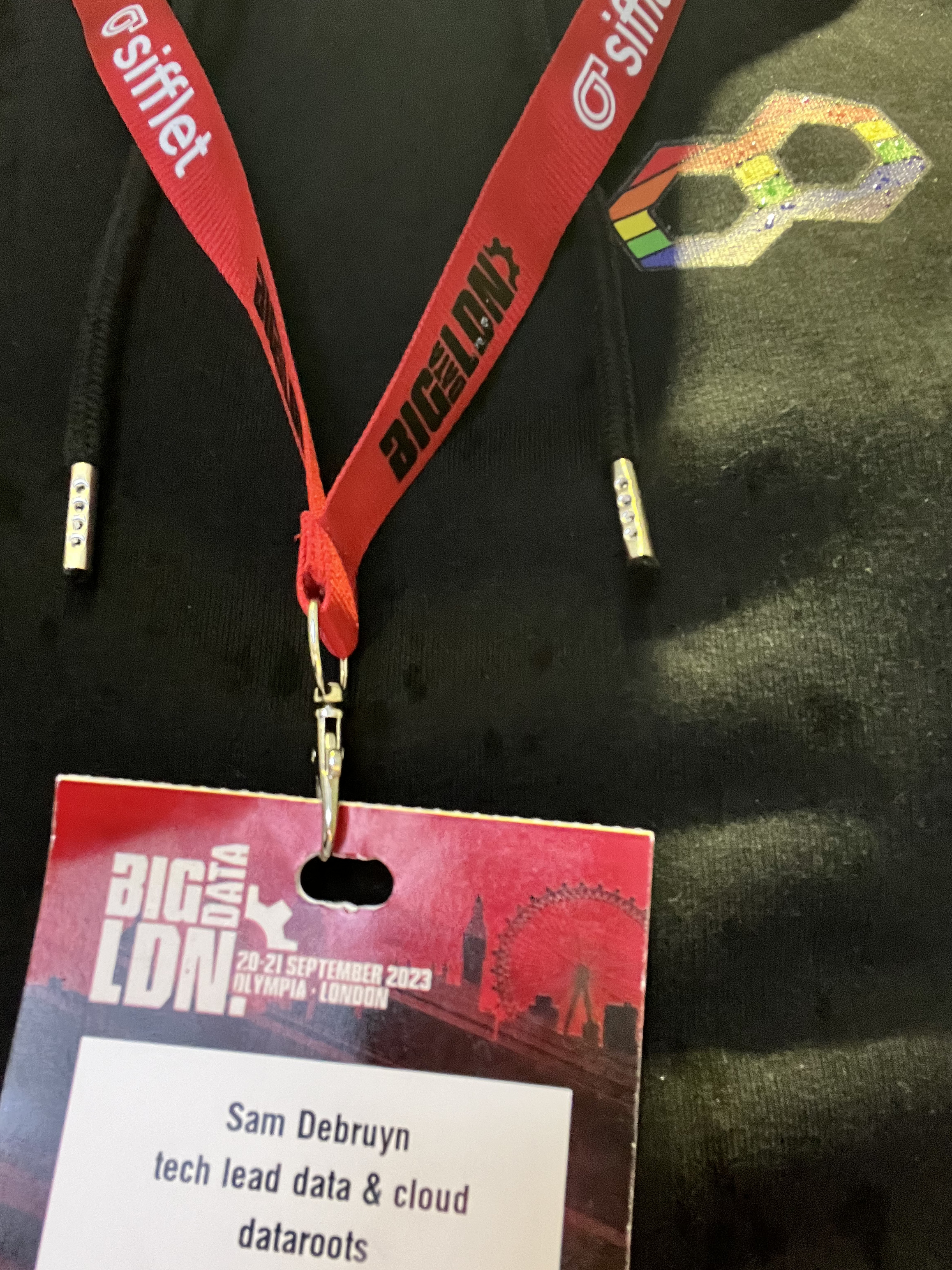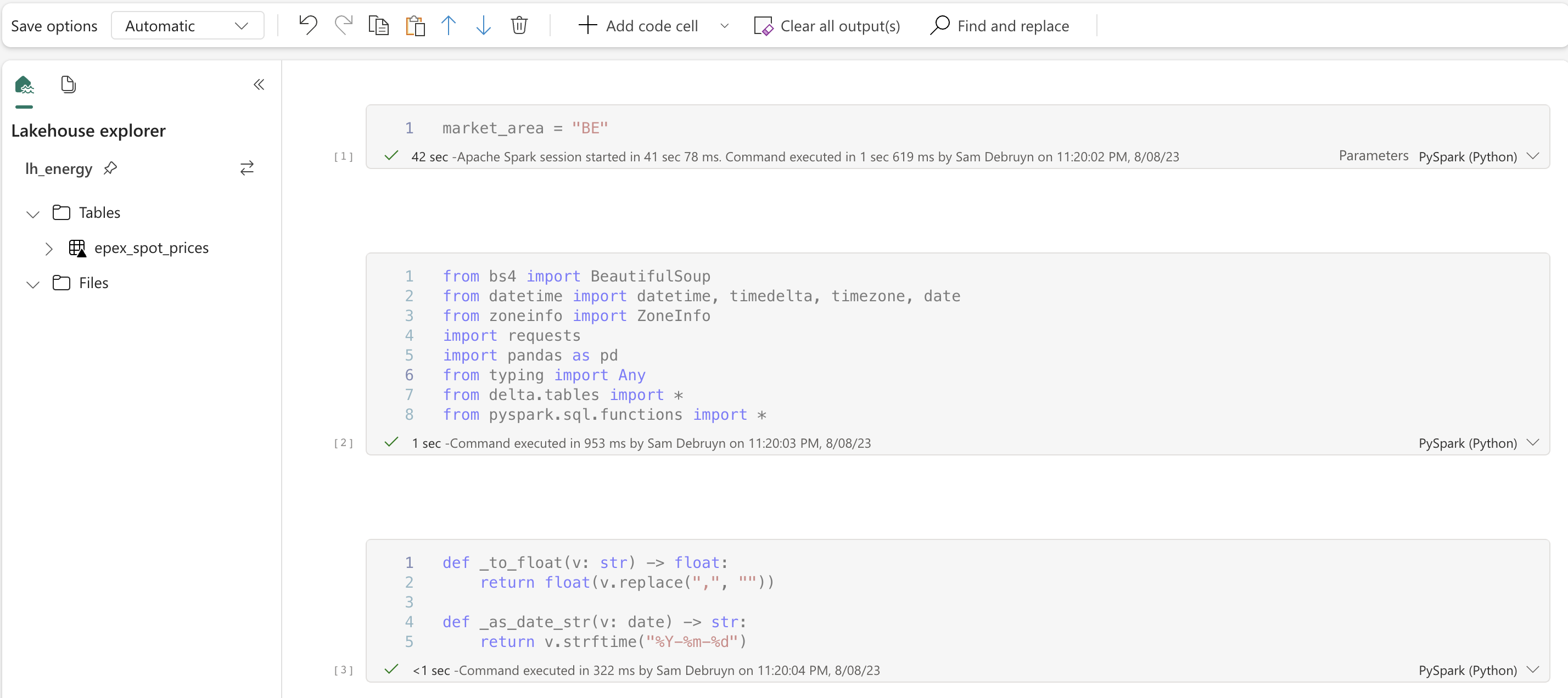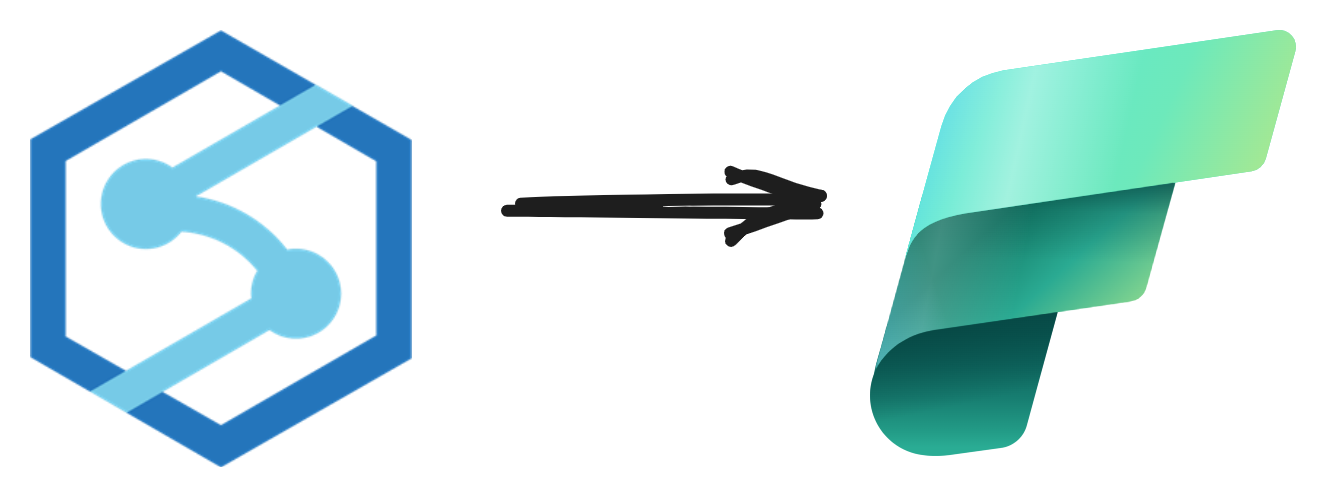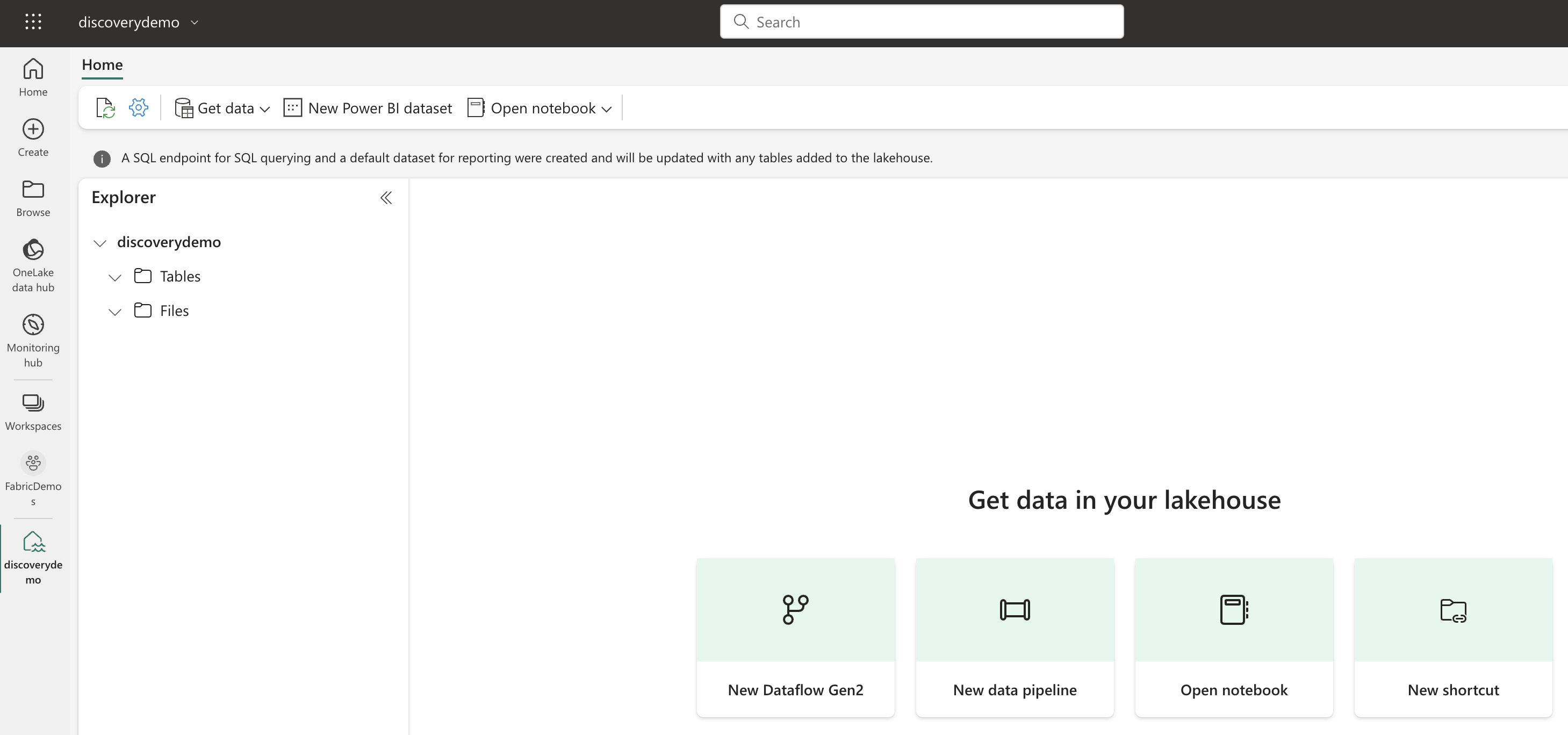Delta Lake
My take-aways from Big Data London: Delta Lake & the open lakehouses

Last week I attended Big Data London. Both days were filled with interesting sessions, mostly focussing on one of the vendors also exhibiting at the conference. There are 2 things I am taking away from this conference: Delta Lake has won the data format wars, and your next data platform is either Snowflake, either an open Lakehouse.
Fabric end-to-end use case: Data Engineering part 1 - Spark and Pandas in Notebooks

Welcome to the second part of a 5-part series on an end-to-end use case for Microsoft Fabric. This post will focus on the data engineering part of the use case. In this series, we will explore how to use Microsoft Fabric to ingest, transform, and analyze data using a real-world use case.
Preparing a migration to Microsoft Fabric: from Azure Synapse Serverless SQL

If all those posts about Microsoft Fabric have made you curious, you might want to consider it as your next data platform. Since it is very new, not all features are available yet and most are still in preview. You could already adopt it, but if you want to deploy this to a production scenario, you’ll want to wait a bit longer. In the meantime, you can already start preparing for the migration. Let’s dive into the paths to migrate to Microsoft Fabric. Today: starting from Synapse Serverless SQL Pools.
Microsoft Fabric's Auto Discovery: a closer look

In previous posts , I dug deeper into Microsoft Fabric’s SQL-based features and we even explored OneLake using Azure Storage Explorer . In this post, I’ll take a closer look at Fabric’s auto-discovery feature using Shortcuts. Auto-discovery, what’s that? Fabric’s Lakehouses can automatically discover all the datasets already present in your data lake and expose these as tables in Lakehouses (and Warehouses). Cool, right? At the time of writing, there is a single condition: the tables must be stored in the Delta Lake format. Let’s take a closer look.